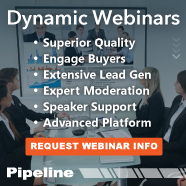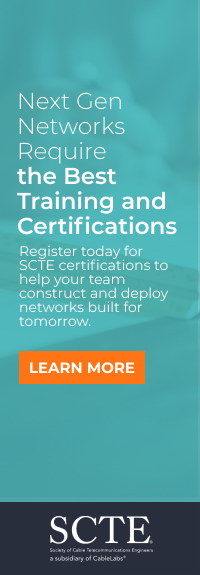The Role of Assurance and AI in Building
Level 4 Autonomous Networks
The 4 key functions of the Automation Engine could be described as follows:
Workflow Automation: Automating the identification of operational issues including policy violation, site outages, network con-gestion and network config errors.
Trouble Ticketing Automation: Automating the notification of a degradation and automating the ticketing process.
Auto Correlation of multi-sourced data: Automating the correlation of performance indicators of the CSP network and its underlying IT components.
Remediation Automation: Automating the recommendation of corrective actions to experts or automating the full remediation using AI.
Through a step-by-step Automation process using the 4 functions, CSPs could move from L2 to L3 and then L4. It is important to note that to achieve L4, Assurance and AI data have a key role to play. With the addition of intent-based AI insights for remediation, L5 could also be achieved.
The Steps From L2 to L4 Autonomous Networks
Based on an understanding of Tier 1 CSPs’ challenges in evolving from L2 to L4, one can establish the optimum evolution path offered by an Automation Engine that would take a CSP to the desired Autonomous Network level.

Figure 1: An Automation Engine that drives L2 to L4 Autonomous Networks
The recommended steps to move from L2 (Partial Autonomous) to L3 (Conditional Autonomous) to L4 (High Autonomous), as illustrated in Figure 1, above, are described as follows.
Step 1: Auto Detection of Network and Service problems: This first step detects degradations and faults automatically without human intervention. This is achieved through using accurate service modelling and resource topology through multi-domain correlations.
Step 2: Auto Correlation of event data from network, service, IT and applications: In this step, event data (performance and faults) is automatically correlated across the mobile, fixed, IT, and enterprise networks and processed for resolution, mapping service level problems with the underlying network elements (network, routers, switches, firewalls, etc.).
Step 3: Auto Ticketing: Byautomating trouble ticketing, operations become efficient and trouble ticket volumes decrease. As tickets get generated automatically for network breaches, email, text, and API based notifications are dispatched out.



















